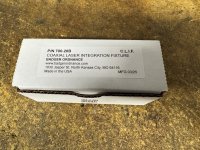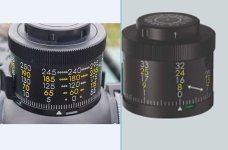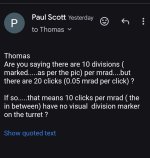“Left-handed hunters are used to adapting, but we shouldn’t have to.”
That’s how one shooter summed it up, and they’re right. Left-handed options are few and far between, leaving most to modify or settle for gear that wasn’t made for them.
But not this time.
Deep in the backcountry, every ounce matters. Your legs burn, your shoulders ache, and that “just a few extra ounces” starts to feel like a mistake. That’s why we built a true lightweight chassis made specifically for left-handed shooters.
Now available:
left-handed HNT26 for Tikka T3/T3x SA and Remington 700 LA rifles.View attachment 8737133





